The difference between sunburned and washed coffee beans is illustrated by the process of coffee solarization.
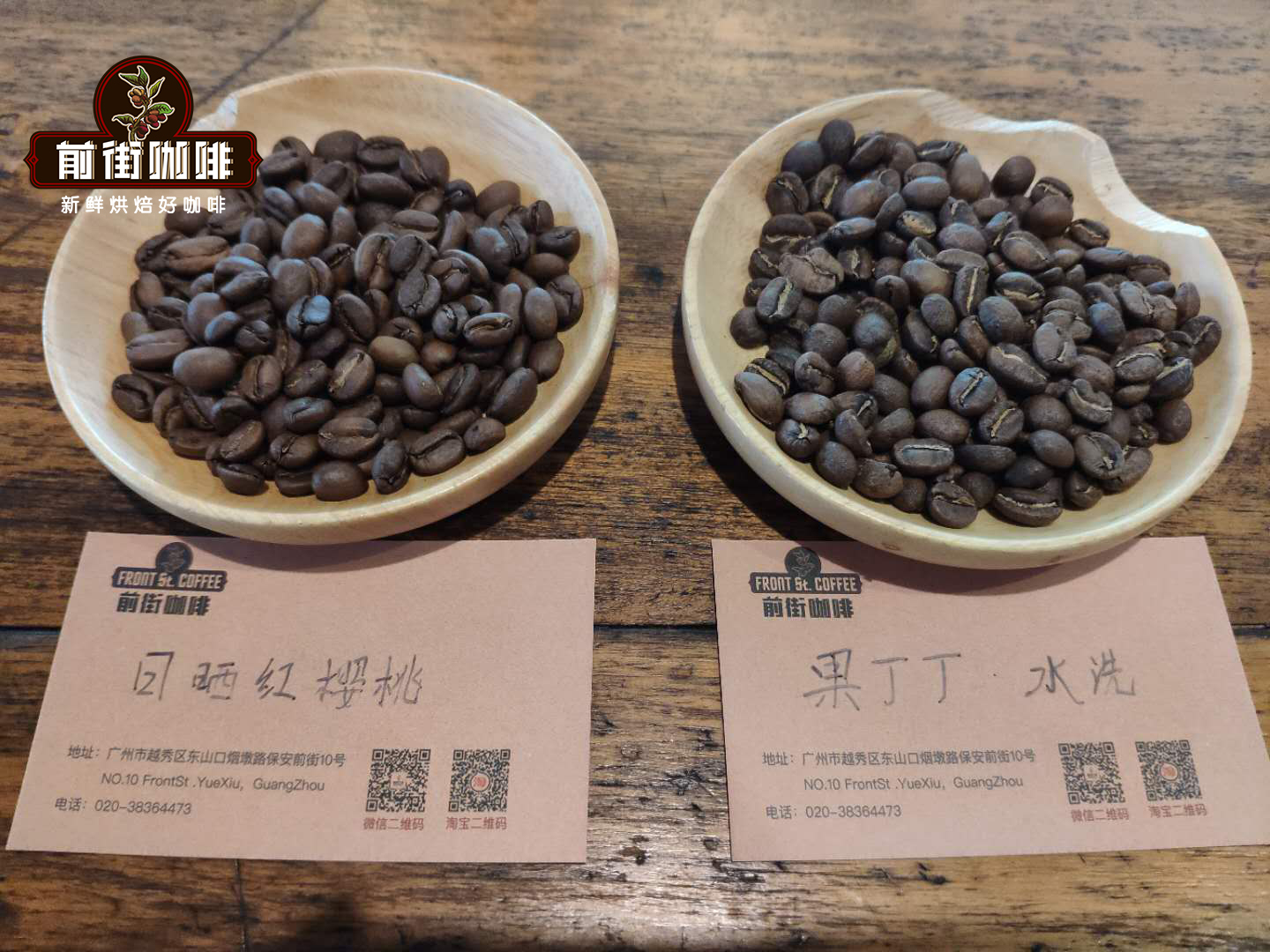
Professional coffee knowledge exchange more coffee bean information please follow the coffee workshop (Wechat official account cafe_style)
Usually, when drinking coffee, it is always written on the label of the merchant, such as sun exposure, water washing, honey treatment and so on. Sun exposure and water washing are relatively easy to understand, but what honey treatment and wet planing method really do not understand what it is. So Qianjie Coffee today would like to talk to you about the difference between sun treatment and water washing treatment, and what effect it has on the flavor of beans.
In fact, the coffee bean we drink is not a coffee bean growing out, but the feeling of a round fruit.
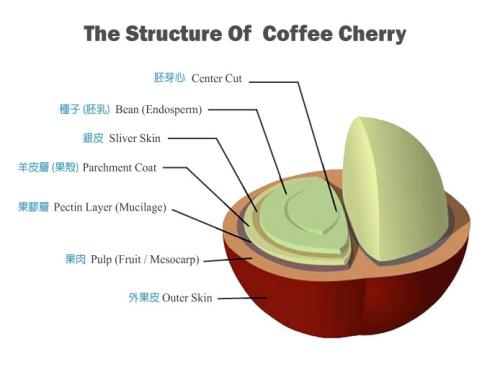
From the outside to the inside, it can be roughly divided into peel, pulp, pectin layer, hard shell (or sheep skin), silver skin, and the innermost coffee bean seeds. Then remove the outer peel, pulp, pectin and so on through various treatment methods to get the innermost coffee bean seed, which becomes the coffee we usually drink after baking.
Next, let's take a look at how coffee beans are extracted. There are three common coffee treatments: sun treatment, water washing and honey treatment between sun washing, wet shaving, half-washing and half-sun treatment. Today, let's talk about what the sun treatment and washing treatment are like.
This is a relatively old way to deal with it. Sun treatment is a kind of low-cost and simple treatment. Sun treatment is to reduce the water content of coffee through a large amount of drying.
Steps of sun treatment
Pour the harvested coffee fruit into a large trough, and the ripe and full fruit will sink to the bottom of the water; the underdeveloped or overripe fruit will surface, and these floating beans need to be removed. But in some areas where water is scarce, coffee fruits are screened through a sieve.
After screening the coffee fruit, spread the whole coffee fruit with meat belt directly on the cement ground or on the sun bed and dry it naturally to about 12% of the water content, which takes about two to four weeks, depending on the climate of the place of origin.
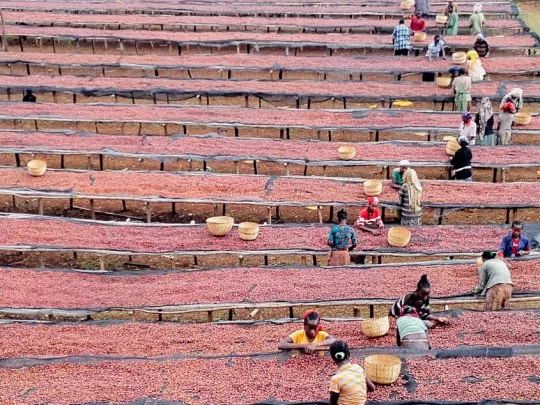
After the coffee fruit is dried, the hard peel, pulp and sheepskin are removed by a shelling machine, and the coffee raw beans we want are obtained.
Although the cost of sun treatment is relatively low and the treatment process is relatively simple, it also has some shortcomings, because it must be placed in a position that can be exposed to sunlight, and the requirements for climate and environment are more stringent. Generally concentrated in tropical dry and wet climate countries, the weather, environment uncontrollable factors are more, improper treatment, prone to defective beans, insect borer beans, rot, mildew At this time, there are many flavor impurities.
And the water content of the coffee fruit itself is quite high. Leave the coffee fruit in one place for more than 20 days, the fermentation reaction will occur naturally, if the fermentation is excessive, it is easy to rot. If the coffee fruit is too thick and airtight somewhere, the decay will be even more serious. So it takes a lot of manpower to stir the coffee pile frequently to ensure ventilation. In addition, there are very few screening elements in the sun method, only a rough screening after picking, and then all the way to the coffee sack, the defect rate of the sun will be higher than that of washing treatment.
Although the defect rate of sun-treated coffee beans will be higher, but excellent sun-treated coffee beans have a higher sweet taste, mellow taste, aroma will be more complex.
By the way, there are two kinds of sun treatment: traditional sun treatment and exquisite sun treatment.
Traditional solarization
The natural treatment process is quite laborious. The hand-harvested high-sugar cherries should be placed in the African viaduct in the sun for about 10 days, and then placed in the plastic cloth-covered greenhouse to create more direct heat and continue to dry. or the harvested coffee cherries are placed directly in their own courtyard for sun drying until the water content reaches 11.5%.
The slow drying process allows raw beans to develop more natural sweetness from within, but it also needs more careful care and precise calculation of the number of turns. In the end, the red cherries turn black, with aromas of fruitcake, caramel and even sherry, and it's done.
Exquisite sunlight
In recent years, with the pursuit of more extreme coffee flavor in the coffee market, many experienced and capable practitioners begin to make higher quality coffee beans and show the possibility of coffee flavor by manipulating the details of the sun treatment process.
For example, by using instruments such as sugar meter to determine the picking time of coffee red fruit, coffee with the same maturity will taste cleaner, and red fruit with higher sweetness will also increase the sweetness of coffee.
The use of special elevated sun table, so that berries have more air convection, the drying effect will be more uniform.
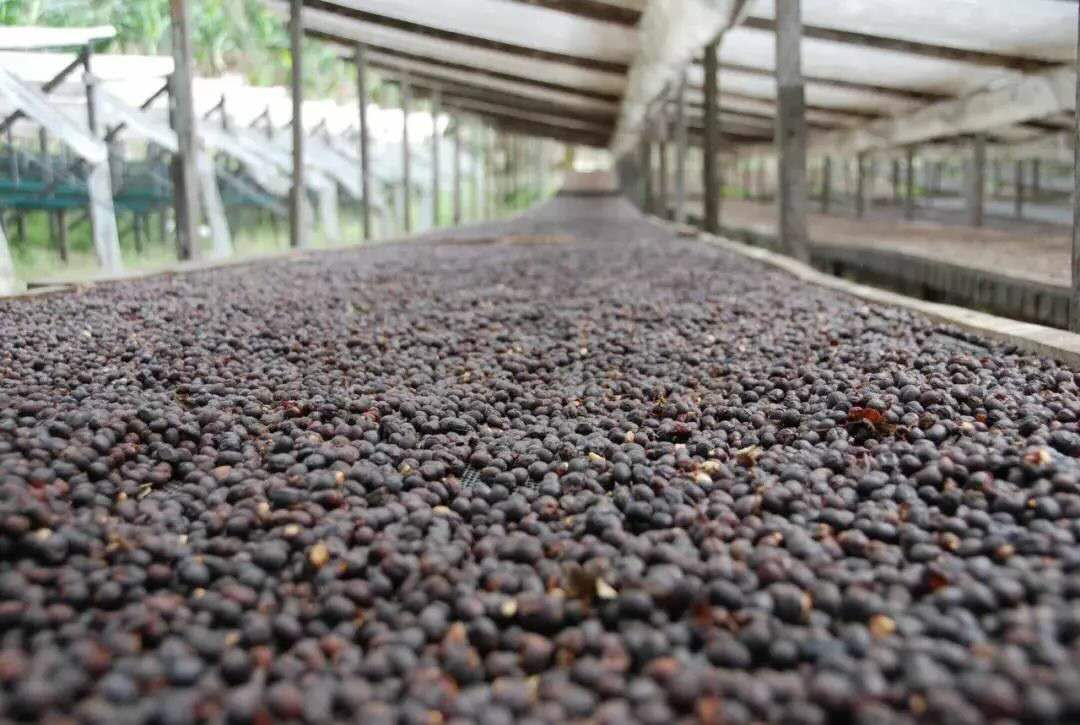
Washing treatment steps
If you usually pay attention to the coffee treatment, you will find that many boutique coffee is actually treated by washing. Water washing is a technology invented by the Dutch in the 18th century. It is suitable for rainy areas. Although the process is quite tedious, it is a more common method of raw bean treatment at present.
Put the harvested fruit in a water tank and soak for about 24 hours. At this time, ripe fruit will sink, while immature and overripe fruit will float up and can be removed.
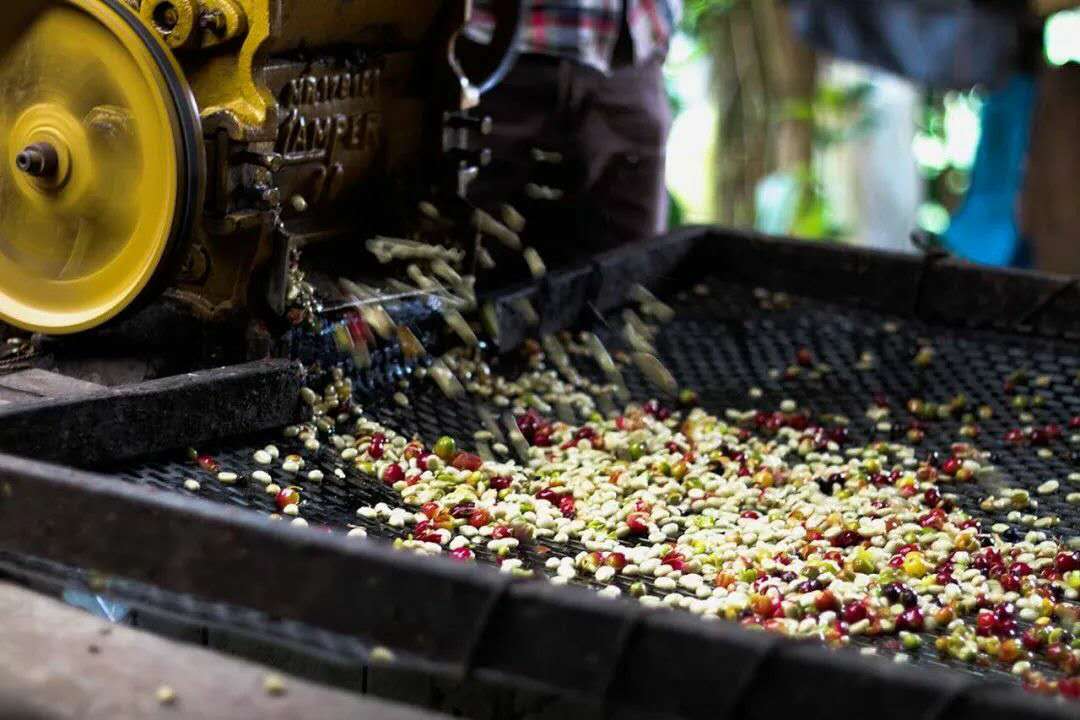
Use a machine to remove the peel and pulp, leaving only coffee beans wrapped in endocarp. At this time, there is a layer of mucous membrane on the outside of the beans, and the process of washing is to wash this layer of mucous membrane.
The adhesion of the mucous membrane is very strong and is not easy to remove. It must be placed in the tank for about 18-36 hours to ferment and decompose the mucous membrane. There are two methods of fermentation, namely wet fermentation and dry fermentation, as the name implies, the former adds water, the latter does not add water. In the process of fermentation, the seed and internal pulp will produce special changes, which is one of the steps that most affect the flavor of coffee. Some farms add hot water or enzymes to speed up fermentation, which has a negative impact on the quality of coffee beans and is not popular with selected coffee lovers.
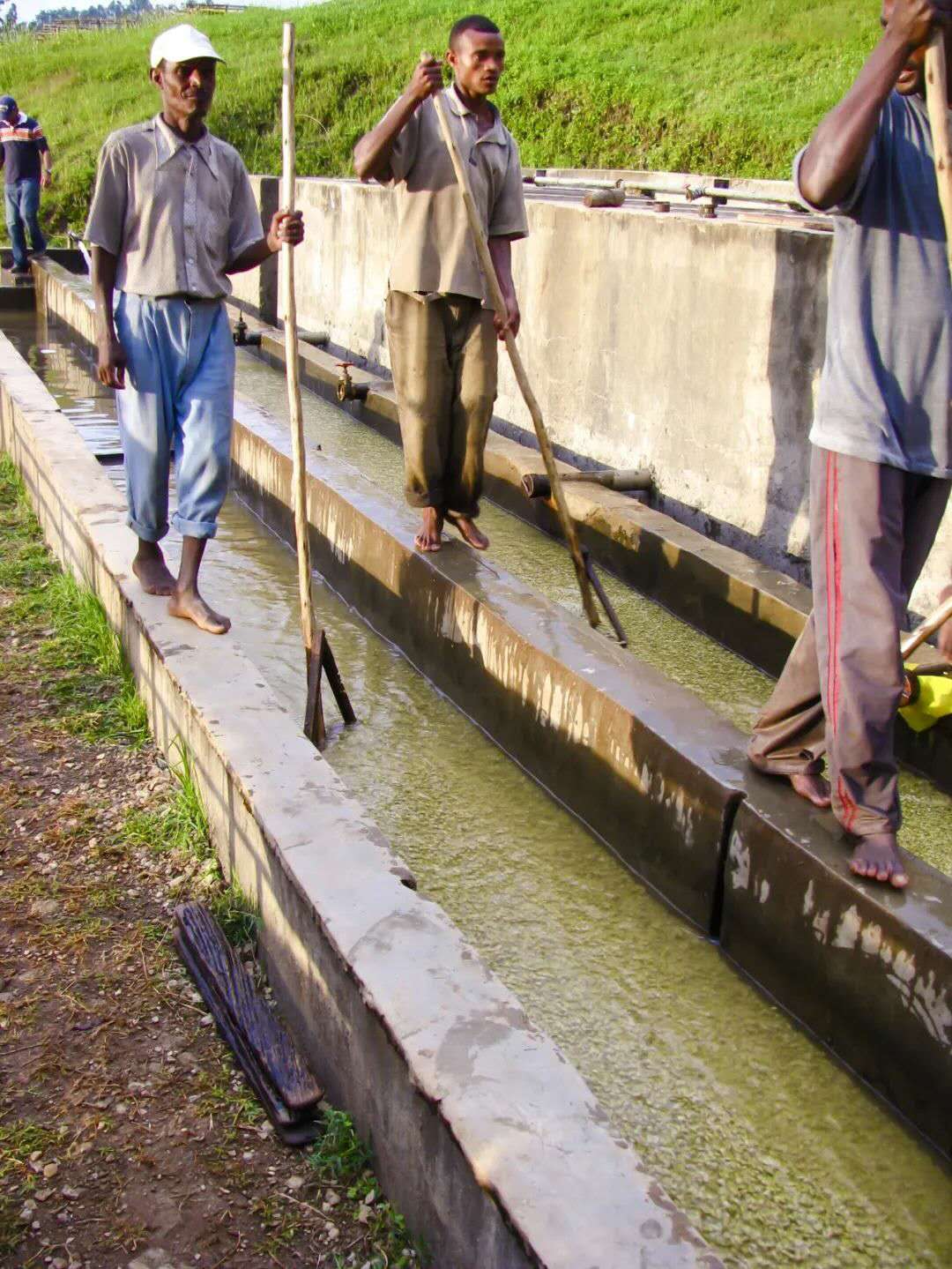
Farms that use the washing method must build washing ponds and be able to introduce an endless supply of running water. During the treatment, the fermented beans are put into the pool and passed back and forth, using the friction of the beans and the power of running water to wash the coffee beans until smooth and clean.
After washing, at this time, the coffee beans are still wrapped in the pericarp with a moisture content of 50%. They must be dried to reduce the moisture content to 12%, otherwise they will continue to be mellow, moldy and rotten. The better treatment is to use sunlight to dry, although it will take 1-3 weeks, but the flavor is very good and very popular. In addition, machine drying is used in some places, which greatly shortens the processing time and makes the flavor not as good as that of sun-dried coffee.
The dried beans can be stored in a warehouse or handed over to the factory for shelling to remove endocarp and silver film.
The washing method can remove impurities (stone or garbage, etc.) and defective beans through each step, so the appearance of raw beans is more consistent, it is generally regarded as high-quality coffee, and the trading price is higher than that of coffee beans refined by natural drying. Washing not only retains the original flavor of coffee, it also enhances the brightness of coffee, that is, acidity, as well as the special fruit aroma.
However, the biggest disadvantage of washed coffee is that coffee beans are easy to get the stench of fermentation during fermentation. If the beans are stained with the flavor of fermentation, most of them are due to the lack of management and maintenance of the fermentation tank. Although soaking the coffee beans with mucous membrane on the endocarp in the fermentation tank for one night can remove the mucous membrane. However, if the microbes in the fermentation tank change, it will cause the coffee beans to be stained with fermented flavor.
Moreover, the equipment cost of coffee washing method is high, and the washing steps are quite time-consuming, so the production cost is relatively higher.
Sun treatment and water washing treatment are more common treatment methods now! However, the difference is that the sun treatment is first dried and then the peel is removed, while the washing treatment is to remove the pericarp before drying. There is also a big difference between the two treatments. How can we tell whether a coffee bean is treated in the sun or washed?
Comparison between sun treatment and washing treatment of coffee beans
Here the sun-dried Yejafei red cherries from the front street coffee are compared with the water-washed Yega Sheffield fruit Tintin.
The raw bean information is as follows:
Sun beans: Qianjie Coffee Sun Red Cherry
Producing area: Yega Xuefei, Ethiopia
Manor: Atlanta Manor
Altitude: 1700-2200m
Variety: native species
Treatment method: sun treatment
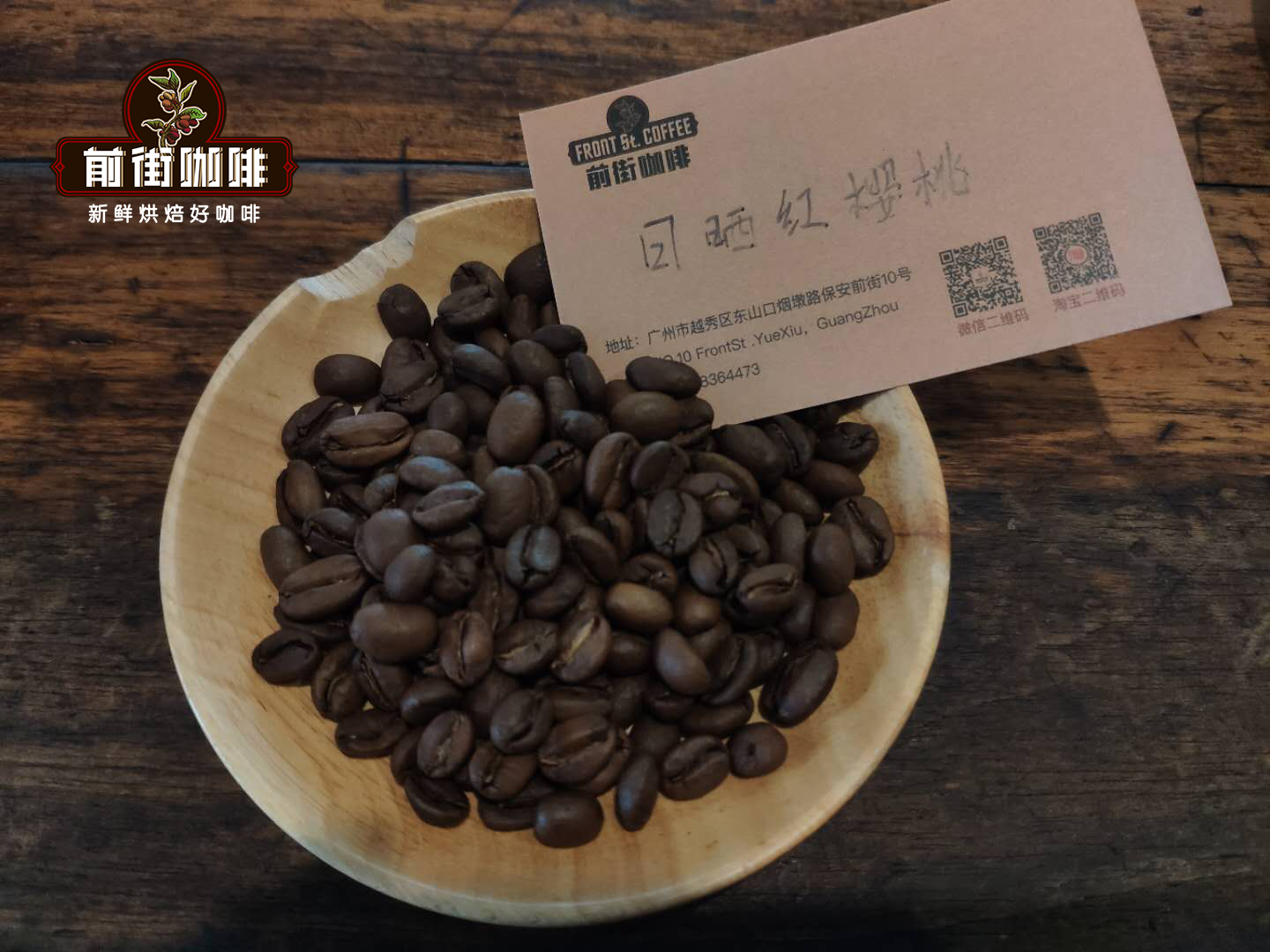
Washed beans: front Street Coffee Yega Xuefei Fruit Tintin
Producing area: Yega Xuefei, Ethiopia
Manor: Guoding Tintin Cooperative
Altitude: 2000-2100m
Variety: native species
Treatment method: sun treatment
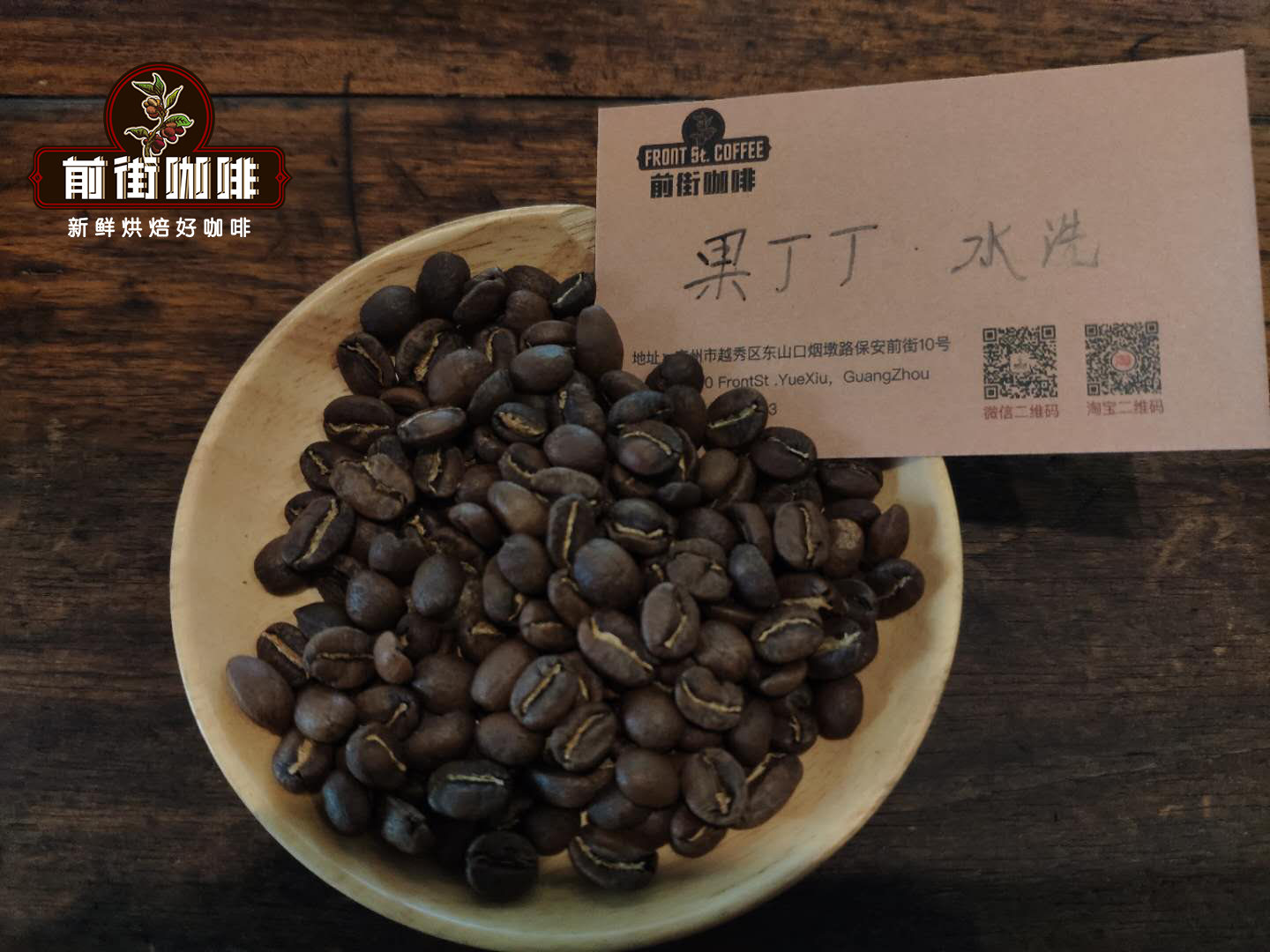
The sun-dried beans in the raw bean state look yellowish green with more silver skin, while the washed beans are blue-green with less silver skin.
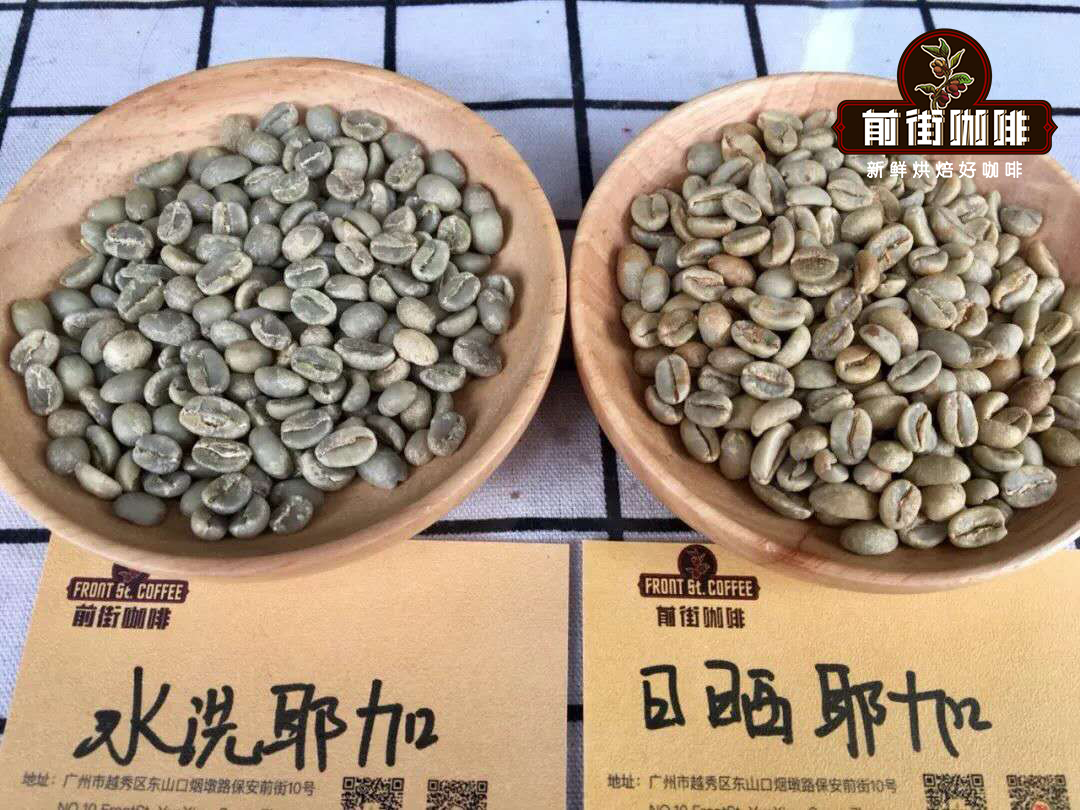
However, in the state of cooked beans, there is not much silver skin of sun-dried beans, but more silver skins of coffee beans treated with water.
This is because the washed beans are soaked in the water for a long time, the silver skins are separated from the coffee beans, and the outer silver skins are peeled off by the way when the parchment is finally removed, and there is little silver left on the surface of the washed raw beans. On the other hand, sun beans are just the opposite. the peel and pulp have been adhering to the outside of the beans, and the silver skins and coffee beans are relatively tight, so they are not easy to fall off when removing parchment, so the raw beans in the sun still have a lot of silver skins on the surface.
Although there is less silver skin washed in water and more silver skin in the sun on raw beans, the silver skin in the middle line of coffee beans is the most difficult to fall off in the baking process. Because the outer silver skin is connected with the whole piece of silver skin, it is easier to connect the silver skin on the middle line to fall off together, so the silver skin of sun-cooked beans is very clean after baking.
Washed beans, on the other hand, because there is almost no silver skin connection in the outer layer, the silver skin cracked in the middle line cannot be easily peeled off, but will remain after baking, so this is why, from the perspective of cooked beans, there are more washed silver skins and less sun-dried silver skins.
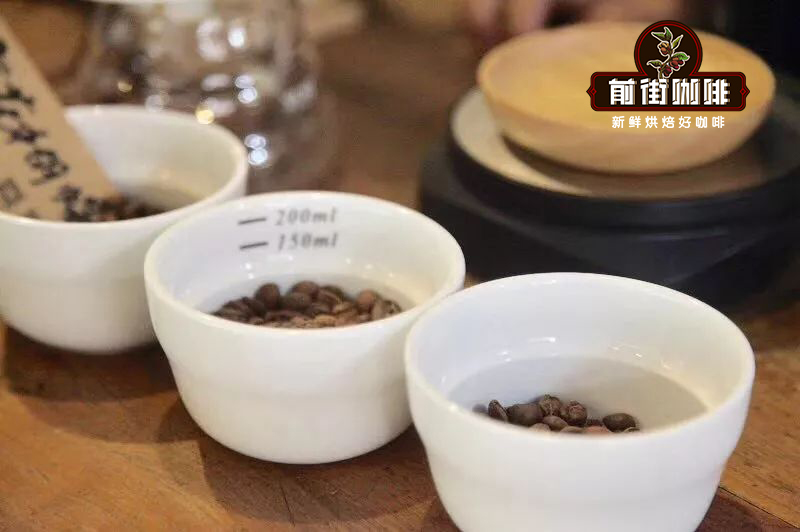
Flavor comparison
Sun-dried beans (sun-red cherries) retain the whole skin and flesh for sun-drying, the fermentation of the pulp can bring charming wine and fermented aroma to the coffee beans, and the sweetness will be more obvious.
Washed beans (Yega Chuefei Fruit Ding Ding) are easier to retain the flavor of the coffee itself, with a brighter acidity and a clean flavor.
For more boutique coffee beans, please add private Qianjie coffee on Wechat. WeChat account: kaixinguoguo0925
Important Notice :
前街咖啡 FrontStreet Coffee has moved to new addredd:
FrontStreet Coffee Address: 315,Donghua East Road,GuangZhou
Tel:020 38364473
- Prev
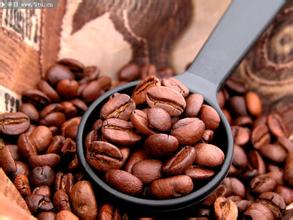
The definition of Fine Coffee Wave an introduction to the Historical Origin of the three Coffee waves in the World
Coffee history tide fine coffee has a strict grading system. Generally, raw beans are preserved in parchment coffee beans in the form of endocarp after processing, and the endocarp is removed before export. Go through a strict grading process to ensure the uniformity of quality. And it is very important to preserve the protection during transportation, such as for temperature.
- Next

Description of Flavor and Flavor of Coffee Tree Flavor cycle introduction of Grinding scale for Variety characteristics of Manor treatment
Description of the Flavor of Coffee Tree flowering and fruiting cycle Flavor description of manor treatment Variety characteristics Grinding scale introduces that there are more than 100 original coffee producing areas in the world, and the coffee beans produced have their own characteristics. The purpose of mixing coffee beans is to balance the flavor of coffee and create an unparalleled delicacy. A single coffee bean generally lacks the complex flavor necessary to make delicious coffee. A lot of mixed coffee contains
Related
- What brand of black coffee is the most authentic and delicious? what are the characteristics of the flavor of the authentic Rose Summer Black Coffee?
- Introduction to the principle and characteristics of the correct use of mocha pot A detailed course of mocha pot brewing coffee is described in five steps.
- Which is better, decaf or regular coffee? how is decaf made?
- How much is a bag of four cat coffee?
- How about four Cat Coffee or Nestle Coffee? why is it a cheap scam?
- Which is better, Yunnan four Cats Coffee or Nestle Coffee? How about cat coffee? is it a fake scam? why is it so cheap?
- How about Cat Coffee? what grade is a hoax? which instant coffee tastes better, four Cat Coffee, Nestle Coffee or G7 coffee?
- Process flow chart of coffee making-Starbucks coffee making process what coffee tastes good at Starbucks
- The top ten best coffee beans in the world Rose summer coffee or Tanzanian coffee tastes good
- Yunnan four cat coffee is good to drink?_four cat coffee is a big brand? four cat blue mountain coffee is fake?

